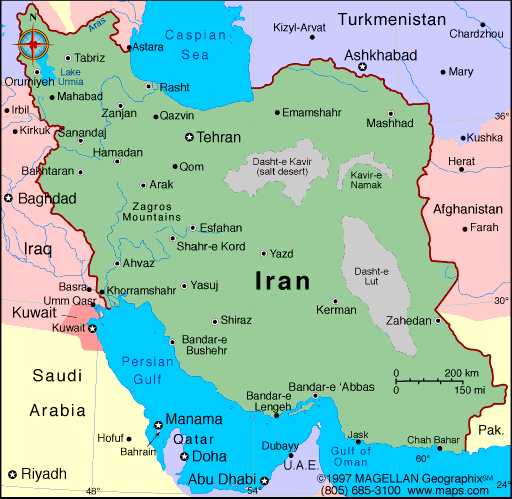CITY OF YAZD HISTORY
Records indicate that the history of Yazd goes back to more than 3000 years, dating to the Median (Maadha) empire when it was knows as Ysatis (pronounced Issatis). But the city’s present name is derived from Yazdegerd, who was a Sassanid (Sassanian) ruler. After the Arab Islamic conquest of Iranzamin, many Zarathushtrians (Zoroastrians, Zartoshtis) fled to Yazd from neighboring provinces. The city remained Zarathushtrian even after the conquest by paying a levy. However, gradually Islam became the dominant religion in the city.
Because of its remote desert location and the difficulty of approach, Yazd has remained largely immune to large battles and the destruction and ravages of war. As a result, it has kept many of its original traditions, city forms and architecture. During the invasion of Genghis Khan, in the early 1200’s AD, it became a haven for many artists, scientists and intellectuals who fled the war ravaged cities of Iran. It briefly served as the capital of the Muzaffarid Dynasty in the 14th century, and during the Ghajar Dynasty (18th Century AD) the city was ruled by the Bakhtiari Khans.
Marco Polo who visited Yazd in 1272 remarked on the city's fine silk-weaving industry. Here is a snippet of what Marco Polo wrote about the city:
“…it is a good and noble city, and has a great amount of trade. They weave there quantities of a certain silk tissue known as Yasdi, which merchants carry into many quarters to dispose of… When you leave this city to travel further, you ride for seven days over great plains, finding harbor to receive you at three places only. There are many fine woods [producing dates] upon the way, such as one can easily ride through; and in them there is great sport to be had in hunting and hawking, there being partridges and quails and abundance of other game, so that the merchants who pass that way have plenty of diversion. There are also wild asses, handsome creatures. At the end of those seven marches over the plain you come to a fine kingdom which is called Kerman.”
The city of Yazd is of foremost importance as a center of Persian architecture. Because of its hot and arid climate, it has one of the largest networks of Ghanats in the world, and Yazdi Ghanat makers are considered the most skilled in Iran. (Ghanat is explained in detail in the Family History section of this document.)
Built during the 12th century, Jameh Mosque, above, and also the Amir Chakhmagh Mosque, below, both still in use, are examples of excellent architecture and finest Persian intricate mosaics -- called “KashiKari”. Jameh Mosque's minarets are the highest in the country.
The Ghaleh (Fort) of Narin, above, is Iran’s largest mud brick structure predating Islam.
Caravansaries, Islamic architecture and many other works and art forms go back over 1000 years.
Always known for the quality of its silk and carpets, Yazd today is one of Iran's top industrial centers for textiles. The city’s other businesses include ceramics and construction materials, unique confectionery and jewelry industries. A significant portion of the population is also employed in other industries including agriculture, dairy, metal works and machine manufacturing. There are a number of companies involved in the growing information technology industry, mainly manufacturing primary materials such as cables and connectors. Currently Yazd is the home of the largest manufacturer of fiber optics in Iran.
Yazd's confectioneries have a tremendous following throughout Iran, and it has been a source of tourism for the city. Recipes are guarded secrets and there are many confectioneries that have remained private family businesses for many generations. Baghlava, ghotab and pashmak are the most popular sweets made in the city.
The city’s heritage as a center of Zarathushtrianism (Zoroastrianism, Zartoshti) is noteworthy. A historic site located on the outskirts of Yazd is the Tower of Silences (catacombs), above. Also the city itself has a Fire Temple and Zarathushtrian center, below, which holds a fire that has been kept alight continuously since 470 AD. Presently, Zarathushtrians make up around 20,000-40,000 or 5 to 10% of the city’s population.
Yazd is also one of the largest communities built almost entirely out of adobe, above.
The city is also home to prime examples of Yakhchals, natural underground “refrigerators” used for storing ice retrieved from glaciers in the nearby mountains. (Yakhchal is explained in detail in the Family History section of this document.)
To deal with the extremely hot summers, many old buildings in Yazd have large underground areas as well as magnificent Baadgirs (windcatchers) -- such as the Dolat-Abad Garden Baadgir, above -- which act as natural cooling systems for homes and public structures and remain a marvel of world architectural design and innovation. (Baadgir is explained in detail in the Family History section of this document.)
The city of Yazd is the capital of Yazd Province in central Iran.









